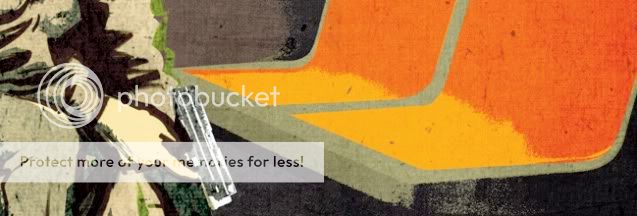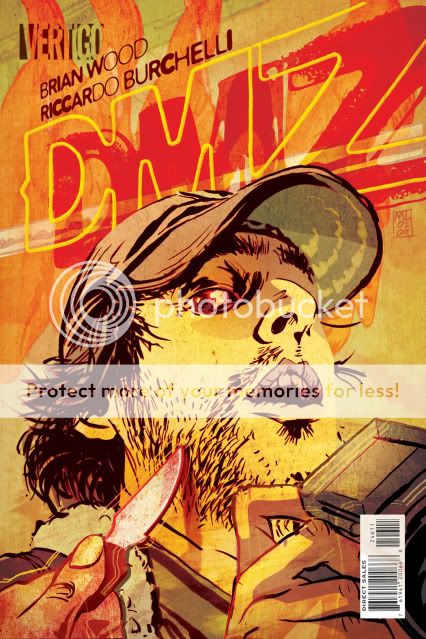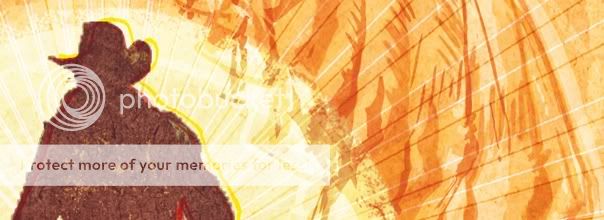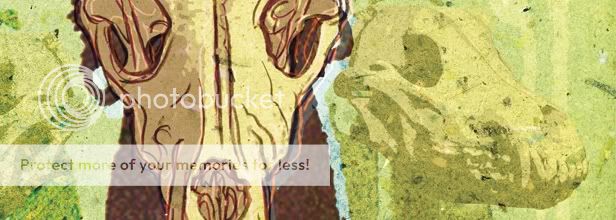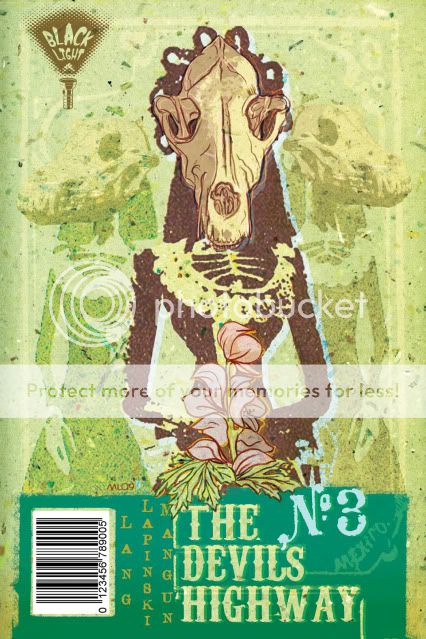 As a novice cartoonist, I've grown to appreciate the skill and sense of design it takes to render a book strictly in black and white. Using only the interplay of positive and negative shapes, hi-light and shadow, the goal is to build believable spaces and graphically interesting compositions. There are masters like Alex Toth who make it look natural and easy and modern talents like Mike Mignola and Eduardo Risso who make it look fun.
As a novice cartoonist, I've grown to appreciate the skill and sense of design it takes to render a book strictly in black and white. Using only the interplay of positive and negative shapes, hi-light and shadow, the goal is to build believable spaces and graphically interesting compositions. There are masters like Alex Toth who make it look natural and easy and modern talents like Mike Mignola and Eduardo Risso who make it look fun.Me? I'm not quite there yet.
Of two of the longer stories I've illustrated in black and white, one takes place in a Himalayan Monastery and the other is a Glasnost-Era thriller. It seemed natural to render them both in deep blacks and frosty whites but as I began to illustrate I found that the planes of space were looking confused and faces muddied. I had been so accustomed to drawing with line, modulating thick and think outlines to suggest volume or space, that I needed more practice to "draw" with shadows.
While not as bold a treatment as I had wanted, I changed gears and approached the pages with another solution: zip-a-tones. The mechanical polka dot fields mythologized by Roy Lichtenstein, I had originally used zip-a-tone sheets in college in order to achieve pre-determined grey values printed on cheaper newsprint. This time, I created my own in Photoshop.
With examples below, you can see that besides helping to delineate space, I was able to employ the tones in achieving dramatic lighting effects to create tension.


In the case of using them to shade figures, I soon found that less was more. Here, Lorraine is questioned in a dimly lit interrogation room.
 The cast shadows of the first two examples appeared too harsh to me. In the third, I treated the hi-lights instead, glinting on Lorraine's features and lofting the smoke, like there was ambient light in the room. This one captured that balance of reality and graphic pop I was going for and I followed the same general technique throughout the tale.
The cast shadows of the first two examples appeared too harsh to me. In the third, I treated the hi-lights instead, glinting on Lorraine's features and lofting the smoke, like there was ambient light in the room. This one captured that balance of reality and graphic pop I was going for and I followed the same general technique throughout the tale.







